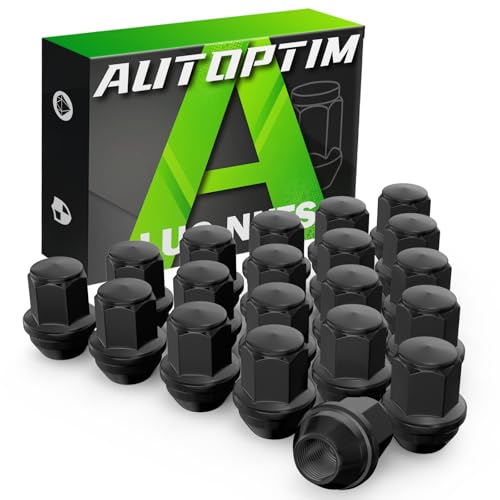- Joined
- May 19, 2021
- Messages
- 1,690
- Reaction score
- 1,218
- My Car
- 73 Grande will be used to build 73 Vert.
Well, tomorrow is here and I am closer to finding my vacuum leak. I pulled the vacuum feed from that plastic manifold attached to the firewall, maybe a vacuum distribution terminal? In addition, I pulled the PVC valve from its hard-to-get-at rear location, behind the intake. My plan was, start it up, see if blocking the PVC valve improved the vac reading. Bar that, restrict the PVC, block the grommet the PVC plugs into, and see if I had any vacuum at the vent hose from the throttle body. It was a recommended these from the 5.0 guys as a test for a leaky intake.
So I start it up, look at the vacuum gauge and to my surprise, this:
View attachment IMG_2669.mov
As I say, I’m not sure what I did, but consistent and steady 18” sounds like a win. Now, to be clear, as Aces has said before, this is the engine running in Open Loop, as the O2 sensors haven’t warmed up yet. But still, I feel a sense of victory. So, I’m gonna get my vacuum pump and one by one, test everything I disconnected to discover the leak the smokers didn’t show. To be fair to the smoker, it did find three leaks which I’m sure will contribute to better running in closed loop.
So I start it up, look at the vacuum gauge and to my surprise, this:
View attachment IMG_2669.mov
As I say, I’m not sure what I did, but consistent and steady 18” sounds like a win. Now, to be clear, as Aces has said before, this is the engine running in Open Loop, as the O2 sensors haven’t warmed up yet. But still, I feel a sense of victory. So, I’m gonna get my vacuum pump and one by one, test everything I disconnected to discover the leak the smokers didn’t show. To be fair to the smoker, it did find three leaks which I’m sure will contribute to better running in closed loop.




































































